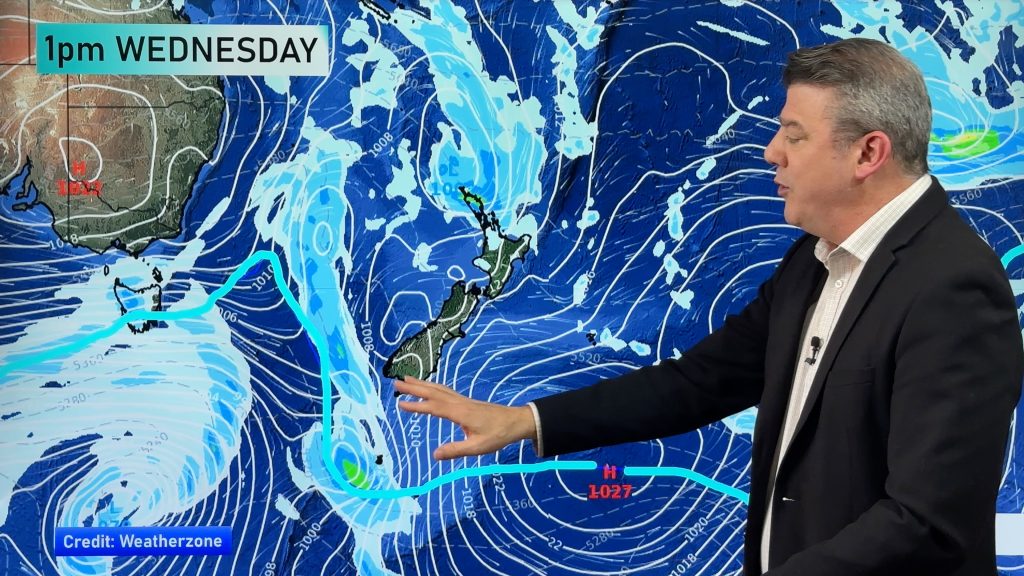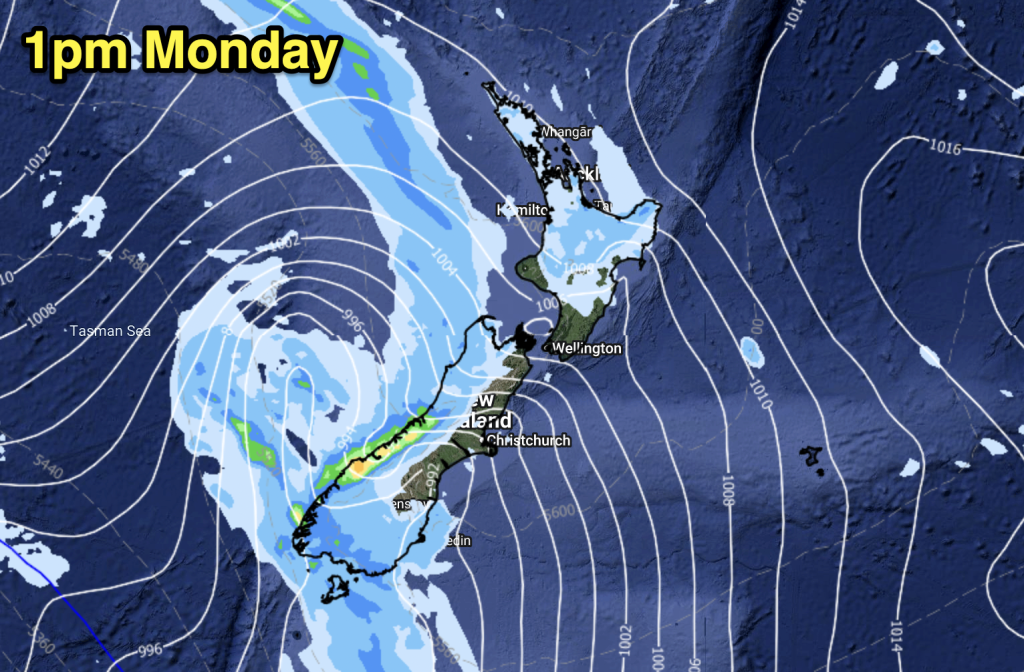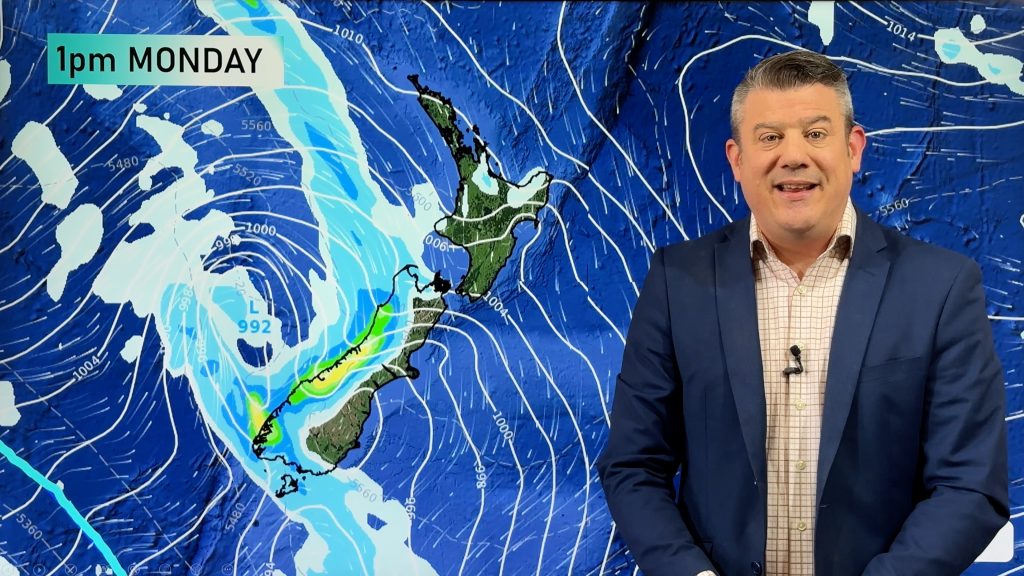Week in Weather: What’s Been Making Headlines this Week
27/03/2015 6:00pm

> From the WeatherWatch archives
It may have been a quieter weather week on the home front, but there was plenty going on over the past 7 days both near and far, good and bad.
We started in Australia, where Tropical Cyclone Nathan was the latest in a string of storm systems in the Pacific to affect people – as it hit the far eastern coast of the Northern Territory, with wind gusts of 155kph and torrential rain lashing communities in its path on Sunday.
The destructive core of category two Nathan made landfall around 8:00am (CST) between Nhulunbuy and Cape Shield, about 650 kilometres east of Darwin.
The storm system was then downgraded to a tropical low as it continued to move south-west across Arnhem Land, while Northern Territory residents who had been evacuated from home were allowed to return ahead of the weakened system.
Members of the Northern Territory Police, Fire and Emergency Service have surveyed the community and assessed it as safe to return.
Communities on the eastern fringe of the system recorded heavy rain, with 109 millimetres falling at Maningrida and 150mm in Milingimbi in the 24 hours to Tuesday morning.
TC Nathan weakened and crossed the coast between Goulburn Island and Maningrida on the eastern Arnhem Land coast around 6:30am with winds of about 120 kilometres per hour.
To the east, and we continued to monitor the situation in Vanuatu this week, as efforts continue to rebuild and repair damaged homes and lives in the tiny pacific nation after Tropical Cyclone Pam.
It’s not a pretty picture – many outlying islands still can’t communicate with the outside world while tourism, vital to the economy, has taken a huge hit, with many operators fielding calls to cancel bookings.
Throughout Vanuatu, many people still worry about basic necessities: water, shelter and food.
According to some eyewitnesses on the ground there, things are even worse for many.
Tom Richards is a missionary with the Presbyterian Church of Vanuatu on Tanna Island, one of the areas battered by Cyclone Pam.
He told the ABC there has been a huge amount of emergency relief coming into the country, but as yet “little has reached the people”.
“Talking to communities, it’s getting to a point now where there is growing concern,” he said.
Further afield now, and there’s been one confirmed casualty so far from a violent storm system, containing at least one tornado, tore through the Tulsa and Oklahoma City areas on Wednesday (Thursday NZT).
A confirmed, “extremely dangerous” tornado was spotted near Sand Springs, moving east at 45 mph, the weather service said. The tornado warning included downtown Tulsa.
And finally, back on the home front, GNS science issued a rather low key announcement about one of our long dormant volcanoes this week – saying that seismic activity around Mount Ngauruhoe raised the volcanic alert to level 1.
GNS issued a statement saying that increased seismic activity around the mountain has increased “above the typical background level” which indicated “minor volcanic unrest”.
While some onlookers jumped to some fairly excited conclusions, volcanologist Brad Scott warned against getting too worked up about it.
“It’s not till you get to level 3 that you actually have small scale volcanic eruptions occurring and we’re a long way away from there” Mr Scott said.
Mount Ngauruhoe hasn’t erupted in almost 40 years.
Don’t forget to check out our outlook for Saturday if you haven’t already done so, and vote in our latest opinion poll, about our weather videos!
– Drew Chappell, WeatherWatch.co.nz
– Video: StormChasingVideo.com
Comments
Before you add a new comment, take note this story was published on 27 Mar 2015.





Add new comment